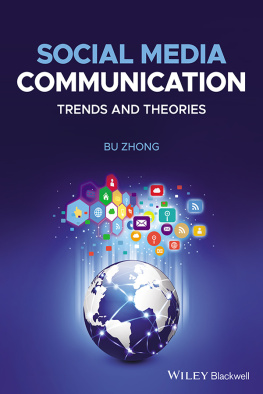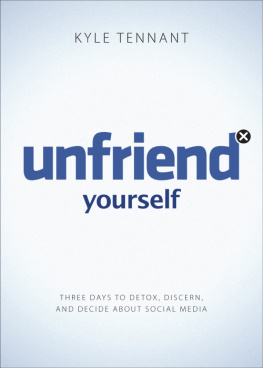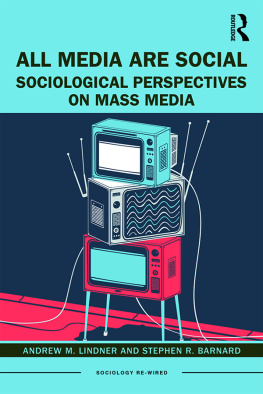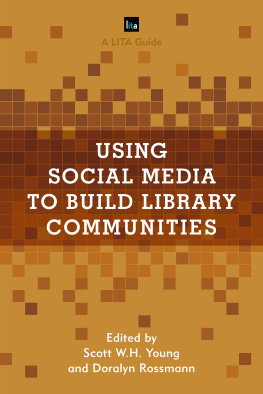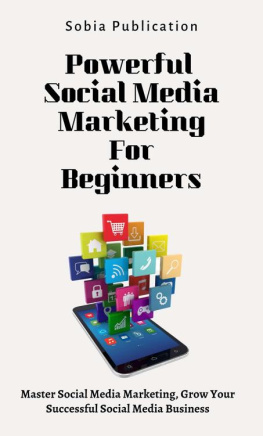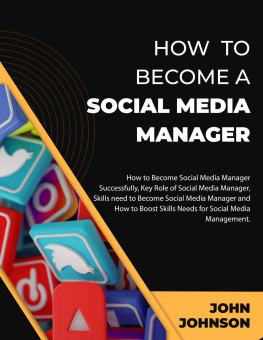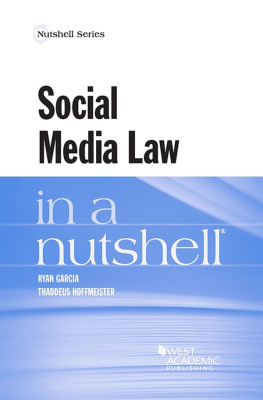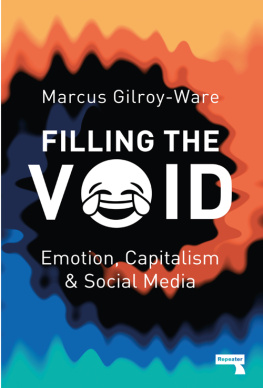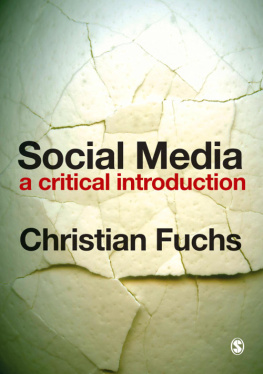
Published in 2021 by Cavendish Square Publishing, LLC
243 5th Avenue, Suite 136, New York, NY 10016
Copyright 2021 by Cavendish Square Publishing, LLC
First Edition
No part of this publication may be reproduced, stored in a retrieval system, or transmitted in any form or by any meanselectronic, mechanical, photocopying, recording, or otherwisewithout the prior permission of the copyright owner. Request for permission should be addressed to Permissions, Cavendish Square Publishing, 243 5th Avenue, Suite 136, New York, NY 10016. Tel (877) 980-4450; fax (877) 980-4454.
Website: cavendishsq.com
This publication represents the opinions and views of the author based on his or her personal experience, knowledge, and research. The information in this book serves as a general guide only. The author and publisher have used their best efforts in preparing this book and disclaim liability rising directly or indirectly from the use and application of
this book.
Portions of this work were originally authored by Carla Mooney and published as Online
Social Networking (Hot Topics). All new material this edition authored by Anna Collins.
All websites were available and accurate when this book was sent to press.
Library of Congress Cataloging-in-Publication Data
Names: Collins, Anna, author.
Title: The social media revolution / Anna Collins.
Description: New York: Cavendish Square Publishing, [2021] | Series:
Topics today | Includes bibliographical references and index.
Identifiers: LCCN 2019059437 (print) | LCCN 2019059438 (ebook) | ISBN
9781502657572 (library binding) | ISBN 9781502657565 (paperback) | ISBN
9781502657589 (ebook)
Subjects: LCSH: Social media--Juvenile literature.
Classification: LCC HM742 .C6454 2021 (print) | LCC HM742 (ebook) | DDC
302.23/1--dc23
LC record available at https://lccn.loc.gov/2019059437
LC ebook record available at https://lccn.loc.gov/2019059438
Editor: Jennifer Lombardo
Copy Editor: Michelle Denton
Designer: Deanna Paternostro
Some of the images in this book illustrate individuals who are models. The depictions do
not imply actual situations or events.
CPSIA compliance information: Batch #CS20CSQ: For further information contact Cavendish Square Publishing LLC, New York,
New York, at 1-877-980-4450.
Printed in the United States of America

CONTENTS
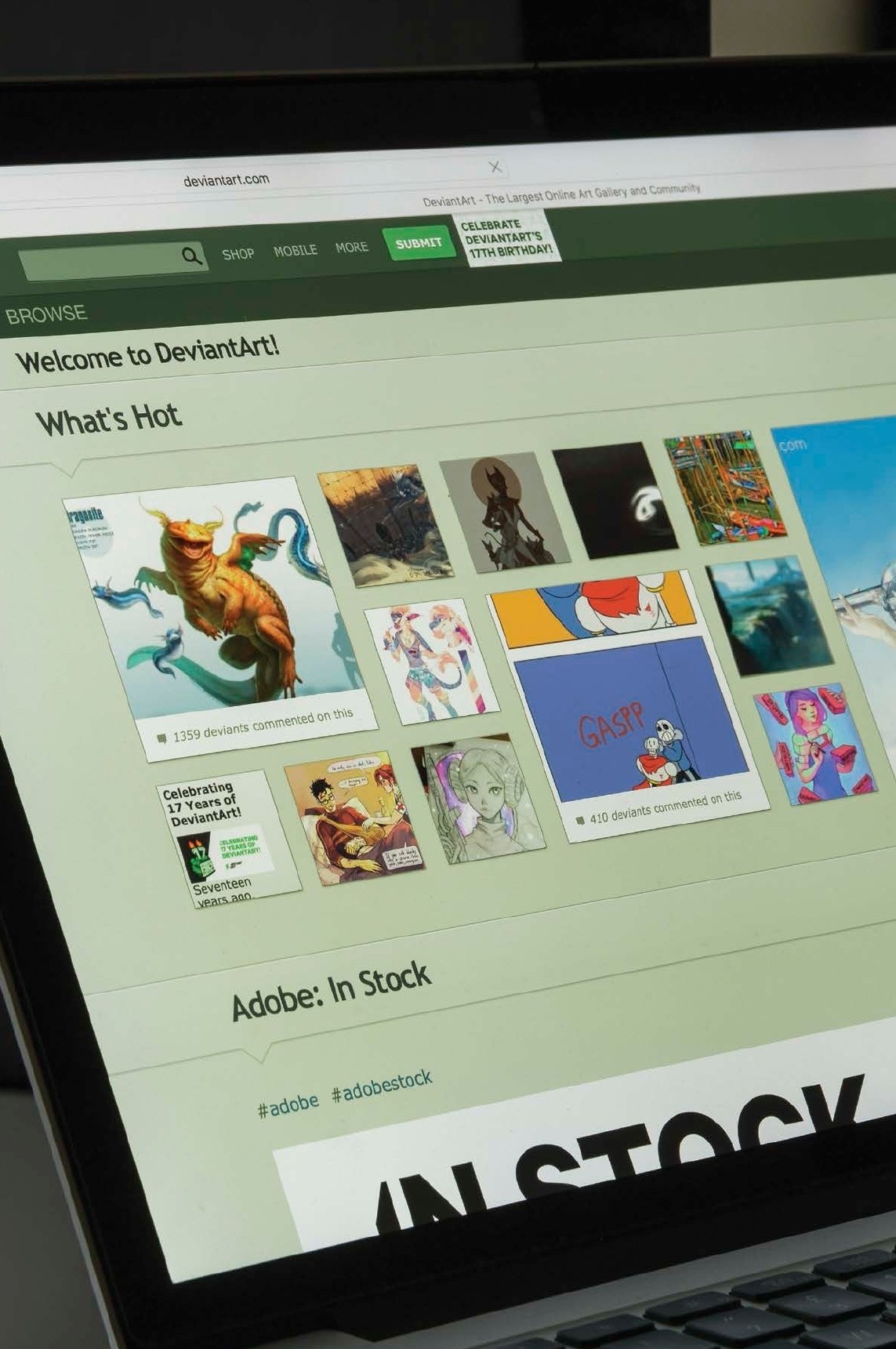
As of 2020, there are social networks for almost every interest. Sharing artwork is popular on many of them.
INTRODUCTION
THE GOOD AND BAD OF SOCIAL MEDIA
S ocial media is such a common part of life today that it can be difficult to imagine how we would survive without it. Social media websites have been popular ever since they were first introduced, and their popularity has only grown with the introduction of multimedia capabilities. For the first time in history, the average internet user can easily upload pictures, music, and video to their profiles. With these new tools, users can creatively express themselves online as never before. Displays of art, music, and writing abound on social media, each one unique to its creator.
Individuals are not the only ones who have embraced social media. Businesses, schools, libraries, and churches have discovered the power of social media to change the way they work. Websites that were once limited to teenagers have now become popular with people of all ages. In fact, its rare to find that a person or business doesnt have at least one social media account.
Many people believe that the growing use of social media has had a positive impact on society. Worldwide networks introduce new ideas and cultures to a widening audience. Collaboration and cooperation across groups and countries is easier than ever. Social media networks help people stay in touch with friends and relatives, and they make it easy for a business to connect with its customers. People use YouTube to look up exercise videos or videos showing them how to cook healthy foods. YouTube and message boards also offer tips on how to repair or build things, allowing people to pick up countless new hobbies and skills. People can use social media to post videos, photos, or articles about their personal experiences, which helps others encounter points of view they might never have come across in their daily life. For example, in 2017, a woman named Tara Miele interviewed several Muslims for a short YouTube video called Meet a Muslim to give people an opportunity to challenge their inaccurate views of Muslims. Her goal in doing so was to decrease Islamophobia, or fear and hatred of Muslims and people who are perceived to be Muslim.
Some people argue, however, that too much time in front of a screen will have a negative impact. They question whether young people will develop adequate face-to-face communication skills. Others point out that since people feel less inhibited behind a keyboard, they may be more likely to participate in cyberbullying. Additionally, scammers and predators are able to use the internet to target people for money or sexual interactions. In recent years, fake news has also become a major concern. False news articles and posts with no sources cited are constantly shared on social media, and many people have difficulty telling whats real and what isnt.
Some people disagree with the view that using the internet and social media decreases hatred and polarization, or a stark separation between people who have opposite points of view. Instead, they feel that it often increases it. They say its easier for people to say rude things online than it is to say them to someones face. Many also claim that people are less tolerant of others because they stay in an online echo chamber, meaning they only seek out media that supports things they already believe, and therefore they never have to examine their opinions. However, recent studies have challenged this belief. Researchers say that while its true people tend to create echo chambers in the media they consume, these echo chambers are more likely a symptom of polarization than the cause. A 2018 study by Donghee Jo, an assistant professor of economics at Northeastern University, found that people who got their news from outlets they werent familiar with were worse at spotting bias and therefore more likely to believe what they read.
Another concern is the erosion of personal privacy as more information ends up online. Part of this concern is aimed at how much information others can read or see about users. For example, users may post their home addresses, which can put them at risk. Teens may also post pictures of themselves partying with friends and using drugs or alcohol. This can have negative consequences if teachers, colleges, or future employers see the pictures. The original poster may find themselves suspended from school or denied a job based on such posts, but young adults are often not thinking that far ahead when they post things online.
In other cases, privacy may be violated without the user even knowing it. In recent years, concerns about what social media companies do with users private data and how well they keep it safe from hackers have been on the rise. People worry about what theyre giving up when they create a social media account and what companies will know about them in order to target ads at them.



